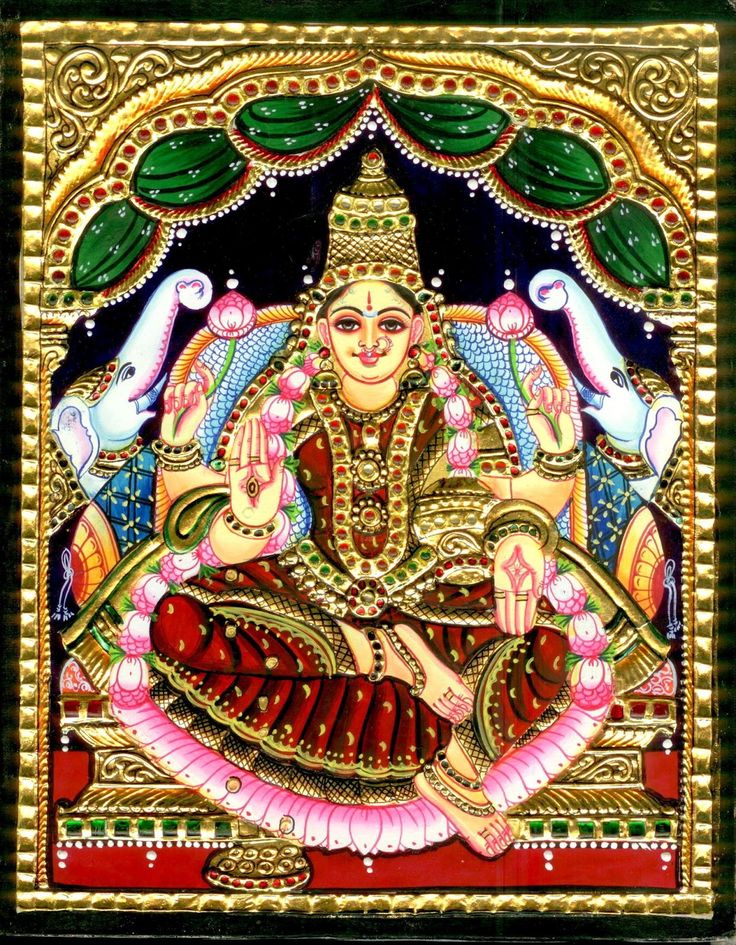

You my deck the kalasam with jewels and cloth too. Usually, the images of Varalakshmi Devi are available in shops, which are bought and fixed in this sacred pot. This is decorated with flowers, turmeric powder, sandal paste and vermilion.
#VARALAKSHMI PUJA VIDHANAM INSTALL#
Set up a puja altar and install a sacred pot also called as Kalasam. On the dedicated day, wake up very early in the morning, take bath and clean the house. Puja Procedure of Varalakshmi Vratham Puja Vidhi Fasting on this day ends with sunrise and closes with the sunset. At the completion of the puja, all those participated were blessed with wealth and prosperity. Charumathi made all the preparations, invited her neighbours, friends and relatives and performed the puja as directed. Pleased with her steadfastness and virtues, once Mahalakshmi appeared in her dream and directed her to observe the Varalakshmi Vratham. The Beginnings of Varalakshmi Vratham Once there lived a highly pious and devout housewife named Charumathi. Observing Varalakshmi Vrtham is equivalent to worshipping Ashtalakshmis (eight different forms of Lakshmi). The principal deity of this vratham is Varalakshmi meaning a manifestation of Lakshmi that grants boons to the devotees. Though this vratham does not require elaborate preparations and ceremonies, when observed diligently, it can confer great benefits including health, wealth, happiness, long life, social status, success and others. Once when Mother Parvati asked Lord Shiva to explain about a vrat that can confer the greatest of merits to the observers, Lord Shiva shared the information about Varalakshmi Vratham thereby making this one of the most beneficial kinds of vrathams observed. Vrishabha Lagna Puja Muhurat (midnight) - 11:07 PM to 01:03 AM, August 21.Kumbha Lagna Puja Muhurat (evening) - 06:40 PM to 08:07 PM.Vrishchika Lagna Puja Muhurat (afternoon) - 12:35 PM to 02:54 PM.Simha Lagna Puja Muhurat (morning) - 05:53 AM to 07:59 AM.Varalakshmi Vratam will be observed on Friday, August 20, 2021.Within this time they turn transparent meaning they are cooked. Sabudana needs to be cooked only for 2 to 3 mins.

I usually skip this step as I find no excess moisture in the sabudana after soaking them well with ¾ cup water.Ĭooking the pearls for longer makes them sticky and will turn to lumps. More details below.ĭraining sabudana is optional but is recommended just to ensure there is no excess moisture. Second method is to soak them in water just enough to immerse them. First one is to use ¾ cup of water for every cup of sabudana. There are 2 ways you can soak them for a perfect texture. Soaking sabudana using water just as needed is the next important step. I rinse them thrice in ample amount of water rubbing them well. If not rinsed well, the pearls will stick up to each other and clump up. This helps to get rid of the excess powdery starch from the pearls. Rinsing sabudana well a few times is the first important step. My recipe will help you make the best sabudana khichdi that’s non-sticky, fluffy and soft with no chewiness in the pearls. Without that the starches can clump up together to gluey, sticky and chewy texture.

But you can also eat it anytime for a breakfast or light dinner.ĭue to the high starch content in sabudana, proper preparation and cooking technique is required. Sabudana khichdi is most commonly eaten during Navratri, Ekadashi and other Hindu fasting days. It is a popular dish from the North Indian and western Indian states. Sabudana khichdi is a popular Hindu fasting food where soaked tapioca pearls are tempered with curry leaves, whole spices, potatoes and roasted peanuts.

So a lot of Hindus use sabudana during various festivals and fastings to make numerous dishes like this khichdi Sabudana is high in carbohydrates, so it has the ability to boost energy quickly.ĭue to its quick energy boosting quality, it was classified as one of the best fasting foods by the traditional Hindu community. This starch is shaped to pearl like balls. Sabudana more commonly known as sago in the Asian countries, is a processed plant starch extracted from the cassava root.


 0 kommentar(er)
0 kommentar(er)
